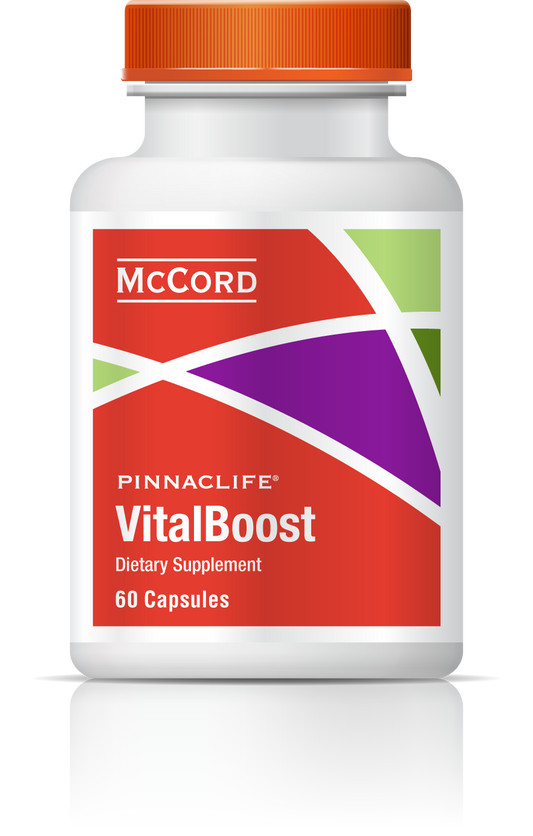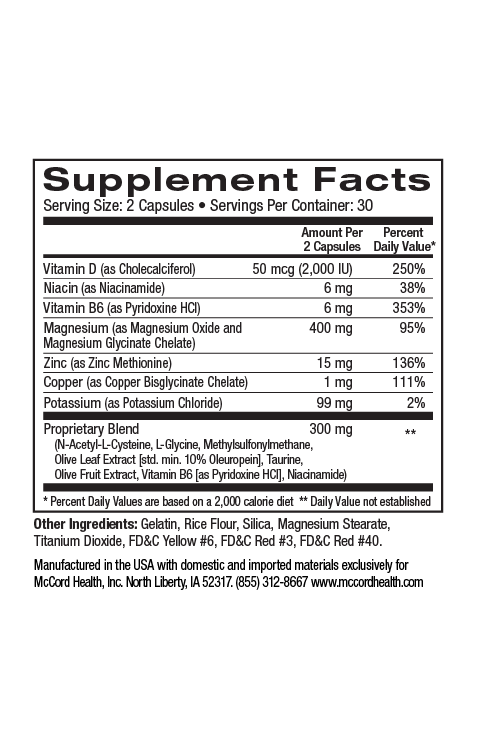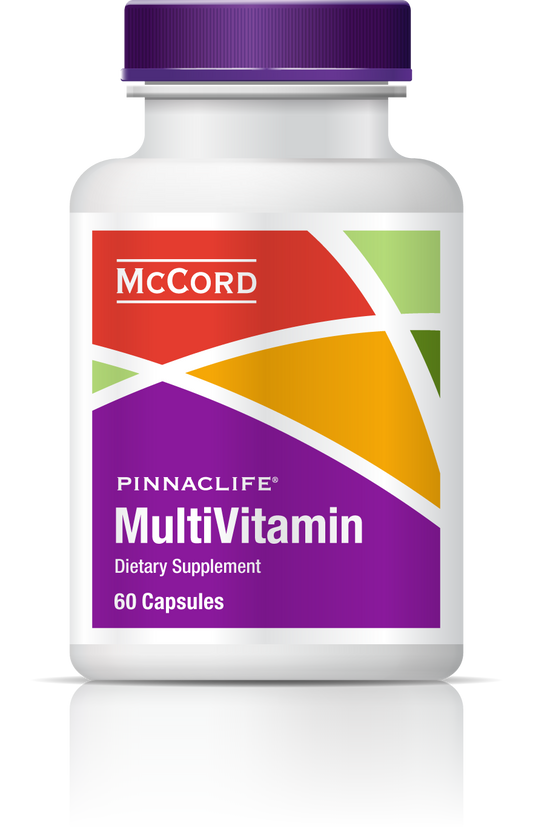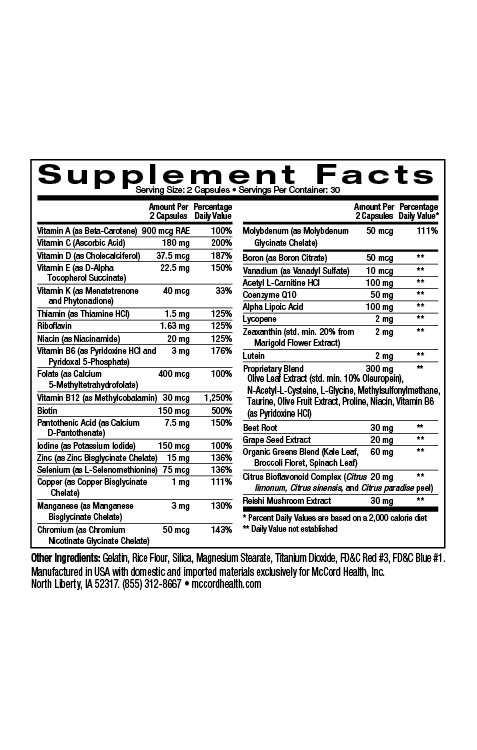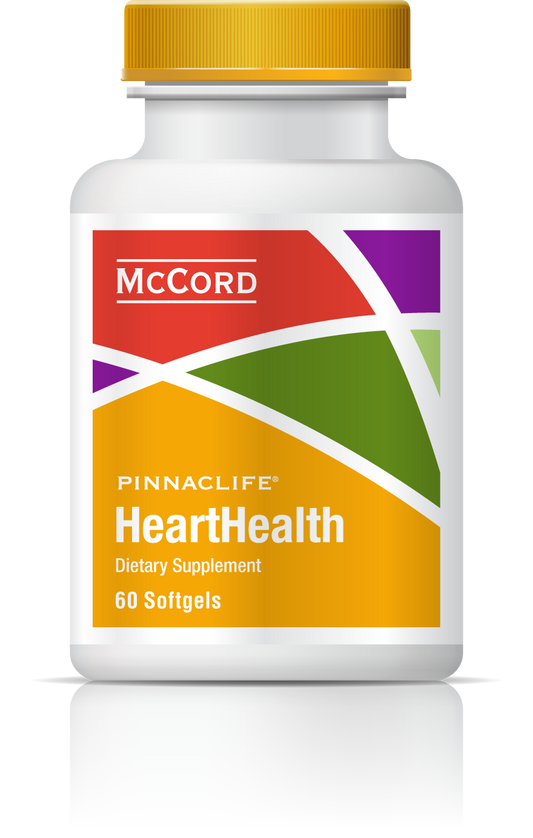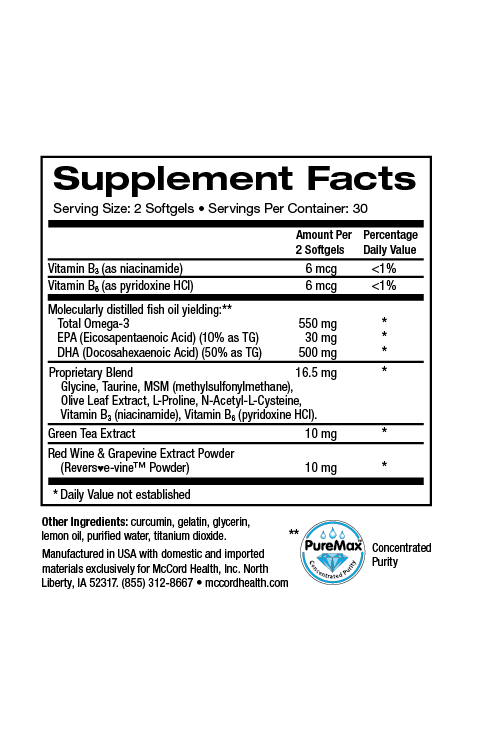Your brain knows you have eaten enough when it receives specific signals to indicate satiety, or fullness. The more satiety signals that get triggered, the more full we feel. Fiber is a low-calorie nutrient that can trigger feelings of fullness through several mechanisms helping you control how much you eat.
- Raising the levels of nutrients in your blood helps signal your brain that your body has been adequately nourished
- Caloric intake can be decreased by increasing intake of fiber
- Foods with low calorie density tend to be relatively high in fiber
- Proprietary Blend DigestiveHealth can easily be added to your favorite foods and beverages to boost your daily fiber intake
Tell Me More!
Feeling Full with Fewer Calories
We talk a lot about how increasing your daily intake of micronutrients can help feed your body on a biochemical level, reduce your food cravings, and improve some of the negative symptoms associated with hunger. Raising the levels of essential nutrients in your blood helps to signal your brain that your body has been adequately nourished with the vitamins, minerals, and antioxidants that it is craving.1 But as we mentioned, this is just one of several ways that your brain detects that you have been fed and are no longer hungry.
Another very important signal to your brain comes from specialized cells in your stomach that recognize when it is being stretched to capacity. This serves as a safety mechanism so that we don’t consume more than our stomach can physically hold. The question is – how can we use this stretch signal to our advantage to help us eat less? To better address this question, we need to first define a couple of terms.
Calorie Density:
Calorie density describes the number of calories in a given portion of food. Foods high in fat and sugar like butter, pastries and candy have a high calorie density. Foods that contain a lot of fiber and water, including most vegetables, have a low calorie density.
Micronutrient Density:
This term is used to describe the amount of micronutrients like vitamins, minerals, amino acids, antioxidants and other nutrients in a given portion of food. Dark green leafy vegetables like spinach and kale have some of the highest nutrient densities of natural foods, meaning that you get a lot of micronutrients by eating a relatively small portion. Foods that are usually considered “junk foods” like potato chips, soft drinks, and candy contain little to no micronutrients, so even if you eat a lot of them you will not get meaningful amounts of most micronutrients.
Empty Calories:
Some foods such as candy and soft drinks are composed almost entirely of sugar so they provide calories but absolutely no micronutrients. These are the worst kind of calories because they provide no meaningful nutritional value but contribute to many disease processes including diabetes and obesity.
Nutrient to Calorie Ratio:
This term refers to the balance of calories and nutrients in a given food. Healthy foods tend to have a high nutrient to calorie ratio, meaning you are getting a lot of nutrients for very few calories. A low nutrient to calorie ratio means you are getting very little nutritional value, but lots of calories – aka, junk food.
Nutritional Approaches to Feel Full For Fewer Calories
Now, with these definitions, consider how you might fill up your stomach in order to tell your brain that you are full without “overeating” and consuming far too many calories. If you focus on consuming foods with a low calorie density but high micronutrient density (a high nutrient to calorie ratio), you can see that it is easy to both fill up your stomach and obtain a lot of vital micronutrients without eating too many calories.
To illustrate this, consider that for 200 calories you could either eat:
- Over 3 pounds of celery
- Over 1 pound of broccoli or carrots
- 3 eggs
- Half of a fast food cheeseburger
- 16 oz. Cola
- 6 Hershey Kisses
Which option do you think is most likely to make you feel full for only 200 calories?
Which options do you think provide the most micronutrients?
Obviously, most people probably wouldn’t want to eat 3 pounds of celery as a meal, but the idea is that a full plate of salad made with fresh vegetables like spinach, broccoli, carrots, cabbage, onions, peppers, etc. will provide nutrients, fill your stomach, and help you feel full for far fewer calories than something like a candy bar or a cheeseburger. In fact, research shows that you can decrease your total caloric intake at each meal by increasing your consumption of high fiber and micronutrient dense vegetables. Studies show that people consume fewer calories yet feel more full when they consume as much salad as they desire either before or during a meal.2,3 There has been growing popularity in high protein foods or supplements as part of weight loss programs, however according to clinical research increasing protein content of meals does not appear to improve feelings of fullness or total caloric intake.4
The most calorie dense foods that you can eat (ie, has most calories and takes up the least amount of room in the stomach) include fats/oils, refined sugars, cheese, red meat, and refined grains. Unfortunately, these are the very ingredients that make up the most of the average American’s daily diet. Foods with the lowest caloric density (ie take up a lot of room in the stomach but have very few calories) include green vegetables, fresh fruit, beans, and whole grains. You will notice that these are the exact foods we are continuously told we need to eat more of, yet most of us could stand to do a better job.5,6
You will also notice that the foods with low calorie density also tend to be relatively high in fiber. Fiber helps to fill up the stomach without adding calories, which is one of many reasons that high fiber diets have so many health benefits.7–9 However, fiber may help us feel full by doing more than just stretching the stomach. The type of prebiotic fiber used in Proprietary Blend DigestiveHealth was also shown to decrease hunger by increasing levels of hormones that tell your brain that you are full (satiety hormones).10 Specifically, people that included 10 grams of the soluble prebiotic vegetable fiber used in Proprietary BlendDigestiveHealth with their meals had increased levels of the satiety hormones Plasma Peptide YY and Glucagon-like Peptide-1.10 This helped to improve feelings of fullness after a meal and even decreased total calorie intake with prolonged daily use.10
Increasing Fiber and Micronutrients in Your Diet
While it's best to get follow a diet that provides adequate fiber and micronutrients, many people still struggle to do so without the use of nutritional supplements. Adding Proprietary Blend DigestiveHealth, TotalHealth MultiVitamin, BoneHealth, and ImmuneHealth to your daily routine can help provide adequate amounts of the nutrients that are known to help tell your brain that you have been adequately nourished. Proprietary Blend DigestiveHealth can easily be added to some of your favorite foods and beverages without altering the flavor or texture, helping you to boost your daily fiber intake and feel full faster, while only adding 20 calories per serving. Unlike many appetite suppressing diet pills, McCord Research Proprietary Blend supplements do not rely on “tricking” your brain into thinking you have been fed. Feed your body with the nutrients it is actually craving and let the biochemistry take care of the rest!
References
- Rolls ET. Brain mechanisms underlying flavour and appetite. Phil Trans R Soc B. 2006;361:1123–36.
- Roe LS, Meengs JS, Rolls BJ. Salad and satiety: the effect of timing of salad consumption on meal energy intake. Appetite. 2012;58(1):242–48.
- Williams RA, Roe LS, Rolls BJ. Assessment of satiety depends on the energy density and portion size of the test meal. Obes (Silver Spring). 2014;22(2):318–24.
- Blatt AD, Roe LS, Rolls BJ. Increasing the protein content of meals and its effect on daily energy intake. J Am Diet Assoc. 2011;111(2):290–294.
- NHANES – What We Eat in America. Available at: http://www.cdc.gov/nchs/nhanes/wweia.htm.
- Fulgoni III VL, Keast DR, Bailey RL, Dwyer J. Foods, Fortificants, and Supplements: Where Do Americans Get Their Nutrients? J Nutr. 2011;141:1847–1854.
- Pereira MA, Reilly EO, Augustsson K, et al. Dietary Fiber and Risk of Coronary Heart Disease: a pooled analysis of cohort studies. Arch Intern Med. 2004;164:370–6.
- Burton-freeman B. Dietary Fiber and Energy Regulation. J Nutr. 2000;130:272S–275S.
- Clemens R, Kranz S, Mobley AR, et al. Filling America’s fiber intake gap: summary of a roundtable to probe realistic solutions with a focus on grain-based foods. J Nutr. 2012;142(7):1390S–401S.
- Ye Z, Arumugam V, Haugabrooks E, Williamson P, Hendrich S. Soluble dietary fiber (Fibersol-2) decreased hunger and increased satiety hormones in humans when ingested with a meal. Nutr Res. 2015:1–8.
Disclaimer: These statements have not been reviewed by the FDA. These products are dietary supplements and are not intended to treat, cure, or prevent any disease. The decision to use these products should be discussed with a trusted healthcare provider. The authors and the publisher of this work have made every effort to use sources believed to be reliable to provide information that is accurate and compatible with the standards generally accepted at the time of publication. The authors and the publisher shall not be liable for any special, consequential, or exemplary damages resulting, in whole or in part, from the readers’ use of, or reliance on, the information contained in this article. The publisher has no responsibility for the persistence or accuracy of URLs for external or third party Internet websites referred to in this publication and does not guarantee that any content on such websites is, or will remain, accurate or appropriate.

